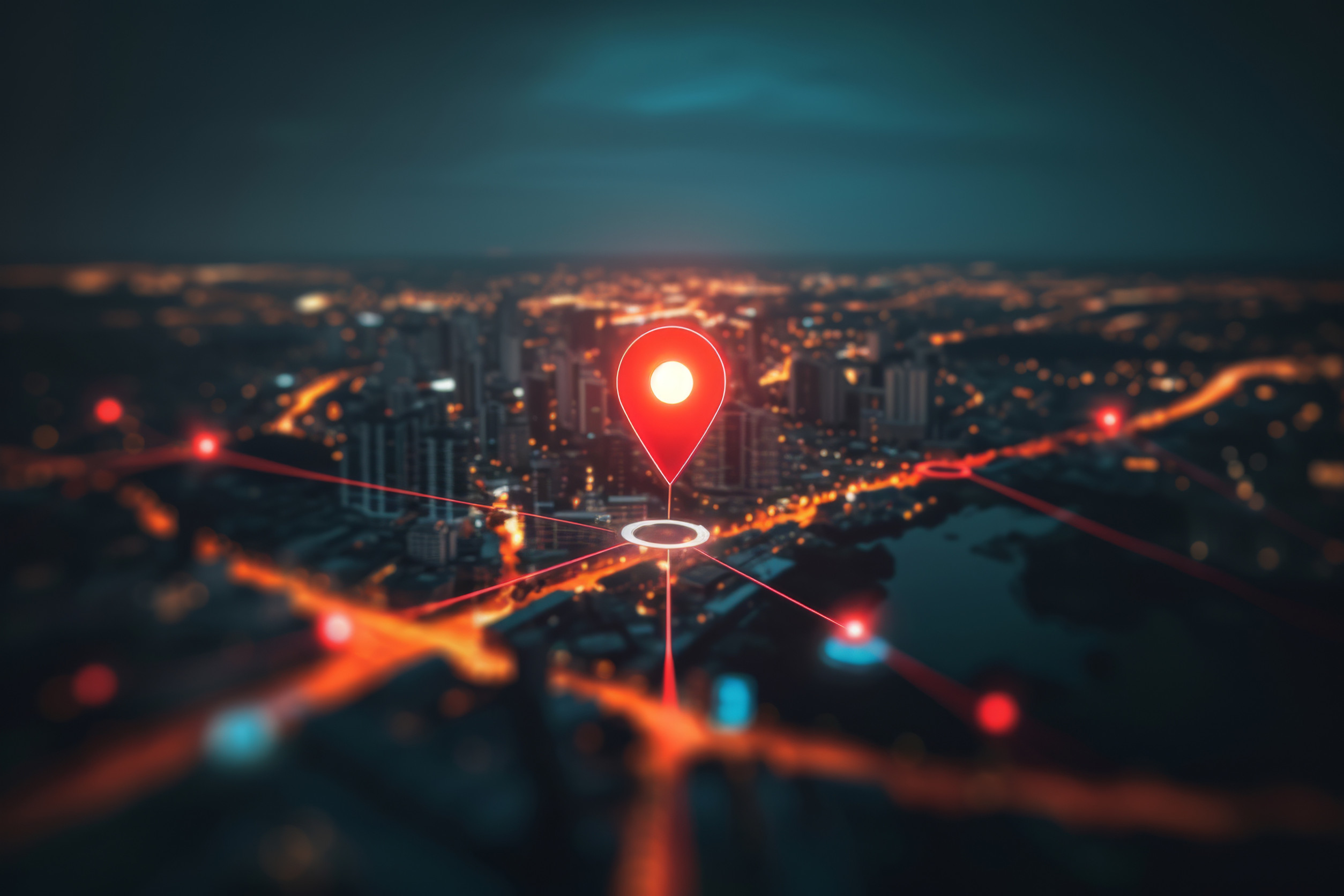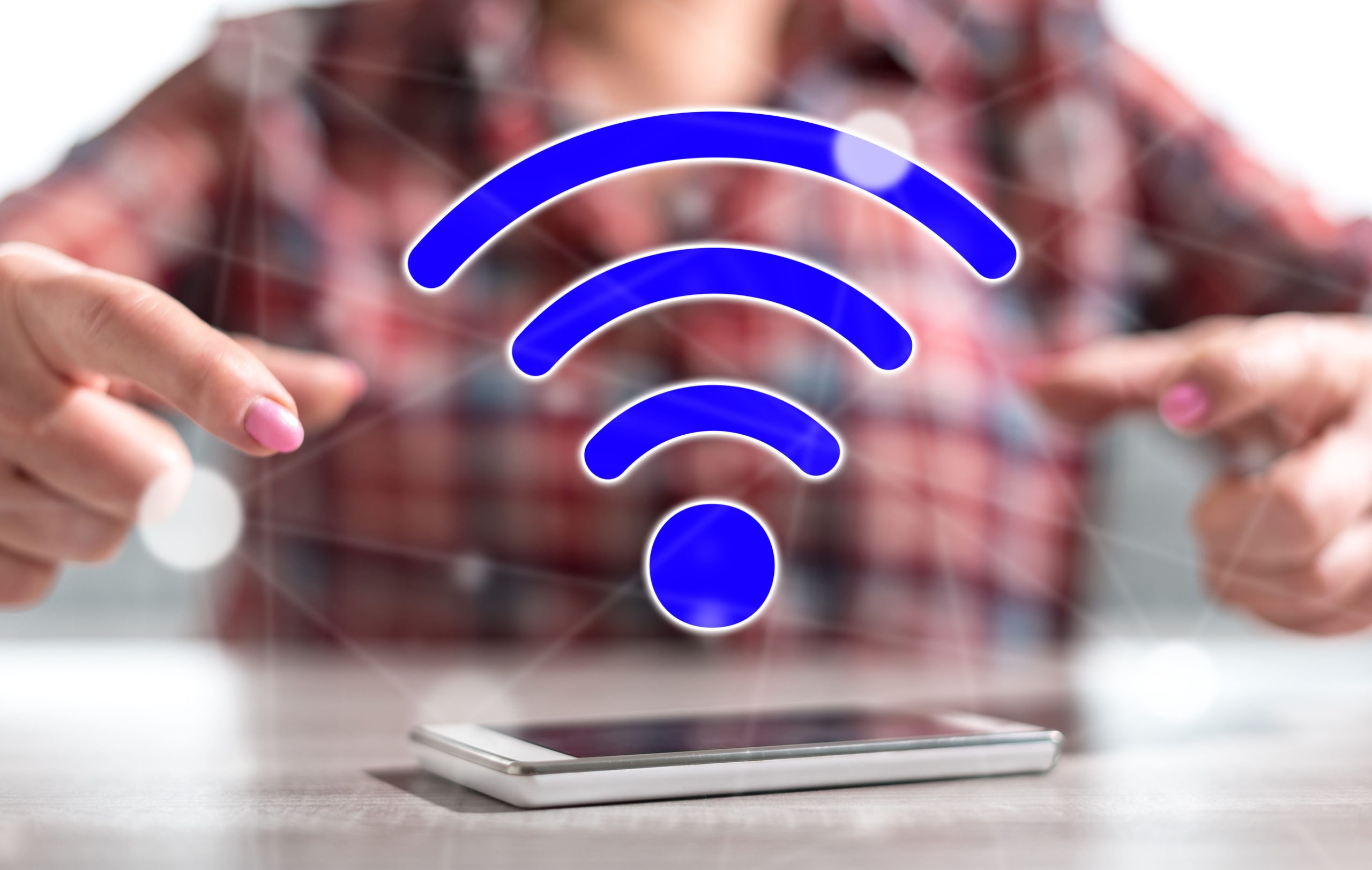Modern smartphones are constantly pinging GPS satellites, Wi-Fi networks, and cell towers to pinpoint location. Many apps request access to this data even when not in use, often for targeted ads or background tracking. If location permissions aren’t managed carefully, a device can give away movements in real time.
Photos, social media check-ins, and even calendar entries can be location-stamped without notice. Most users never fully audit which apps are quietly collecting their whereabouts.
1. Metadata in Photos Tells a Story
Every photo taken with a smartphone or digital camera embeds metadata, including GPS coordinates, time, and device type. When images are uploaded to social media or cloud storage, this information may remain attached unless deliberately stripped. Anyone with access to the original file can view where and when a photo was taken. This creates a digital trail that maps out routines, vacation spots, and frequently visited places. Even seemingly harmless snapshots can expose more than intended.
2. Social Media Posts Reveal Patterns
Sharing a coffee shop visit or concert photo might seem innocent, but repeated posts can reveal predictable behavior. Tagging locations, using geo-filters, or simply stating a city name in captions builds a profile over time. Algorithms and third parties can aggregate this data to identify home, work, or travel habits. Friends tagging users in posts can also leak locations indirectly. Once shared, this location data is often out of the original poster’s control.
3. Public Wi-Fi Connections Are Not Private
Connecting to public Wi-Fi at airports, cafes, or stores exposes devices to tracking and data collection. Networks can log the device’s MAC address and track movement across different access points. Retailers may use this data to analyze foot traffic or target shoppers with ads. Even when no browsing is done, just connecting can be enough to log presence at a specific location. Without using a VPN or disabling auto-connect, these patterns become easy to monitor.
4. Fitness Apps and Devices Share Routes
Many fitness apps and smartwatches record running, biking, or walking routes using GPS. If shared publicly or synced with social platforms, these routes can show exact paths around homes or workplaces. Some apps have default settings that make user activity publicly visible. Over time, regular patterns emerge that reveal routines and even suggest when someone is away from home. Unless privacy settings are adjusted, anyone can access this sensitive data.
5. Bluetooth Beacons Quietly Track Movements
Retailers and public spaces increasingly use Bluetooth beacons to track nearby smartphones. These beacons communicate with apps that have Bluetooth permissions, collecting proximity data without explicit notice. They can log how long someone stays in a store or how often they visit. Many apps don’t clearly disclose how they use this type of data. Simply having Bluetooth enabled can open the door to continuous, passive location tracking.
6. Ride-Hailing Apps Log Every Trip
Ride-hailing services track location from pick-up to drop-off, logging every route taken. This data is stored for safety and convenience but also becomes a detailed travel log. Over time, it maps out commuting patterns, favorite destinations, and personal routines. Some apps share anonymized trip data with partners or city governments. Even canceled rides can leave behind traceable data.
7. IP Addresses Pinpoint Approximate Locations
Every time a device connects to the internet, it uses an IP address that often reveals city-level location. Websites, apps, and advertisers use this to customize content, but it also acts as a digital breadcrumb. VPNs or proxy servers can mask this, but most users connect directly without protection. Over time, even approximate data can be refined using browsing patterns. This kind of tracking operates in the background with little visibility.
8. Smart Home Devices Are Location-Aware
Smart thermostats, security cameras, and voice assistants often rely on geofencing to function. These devices track when users leave or return home to adjust settings or send alerts. While convenient, this creates a log of comings and goings stored on company servers. Many devices are linked to user accounts that sync across multiple platforms. If hacked or mishandled, this data reveals more than comfort preferences.
9. Online Calendars and Shared Events Reveal Plans
Online calendars often store events with addresses and meeting locations. Shared invites or public calendar links can inadvertently reveal upcoming travel or work locations. Syncing across devices means the data lives in multiple places, often with minimal encryption. If calendar entries are accidentally made public, sensitive information is exposed to anyone with the link. Even private entries can be scraped or leaked through compromised accounts.
Think Before You Share
Location data is more than just GPS coordinates—it’s a map of habits, preferences, and personal life. Most people leak location without realizing it, through photos, apps, or devices working quietly in the background. Awareness and simple settings adjustments can drastically reduce this passive tracking. Protecting location data isn’t about paranoia, it’s about maintaining control.
Have you checked your own location leaks lately? Drop a comment and share your thoughts.
Read More
Are They Safe? 5 Digital Footprints Your Kids Secretly Leave
10 Apps That Secretly Harvest More Than Just Your Location






